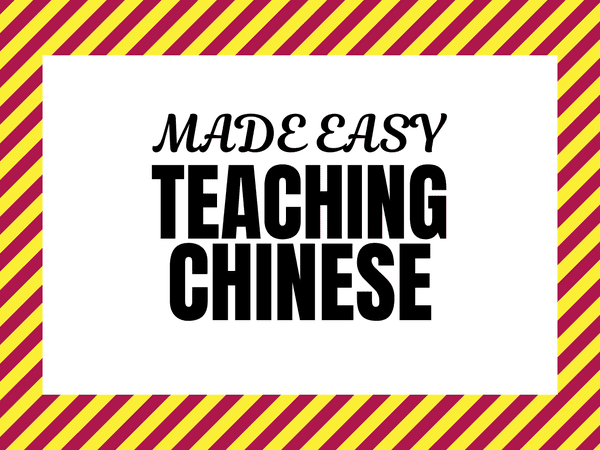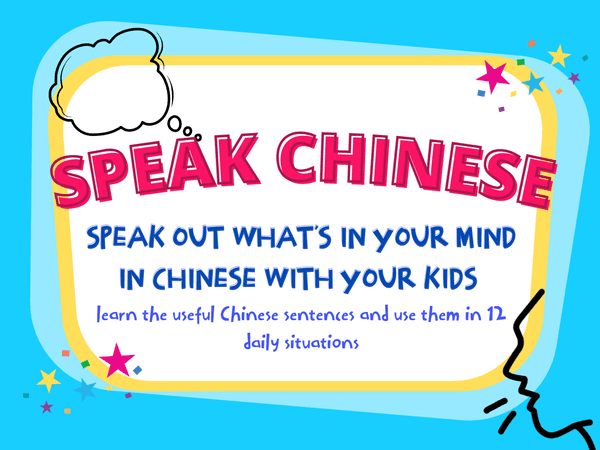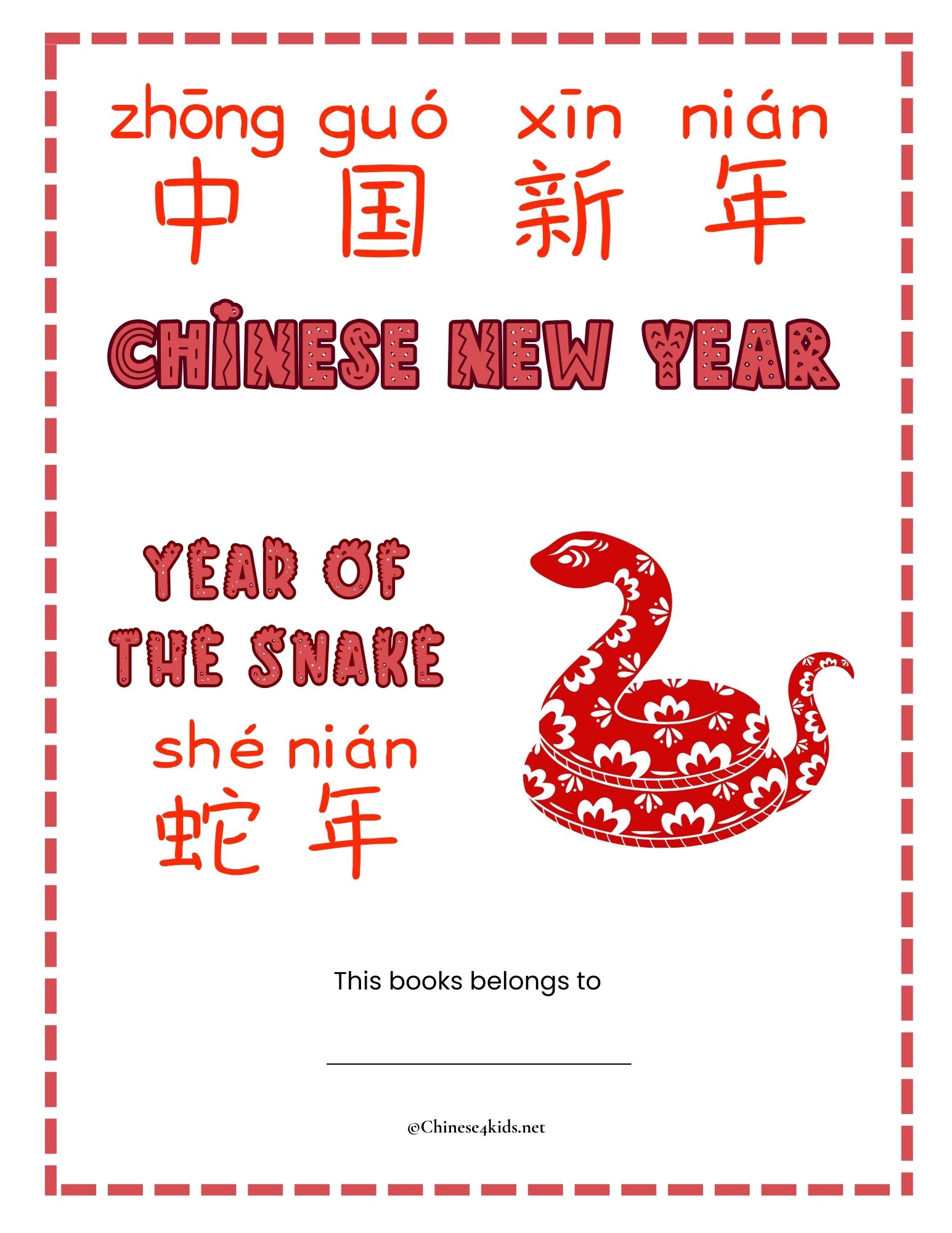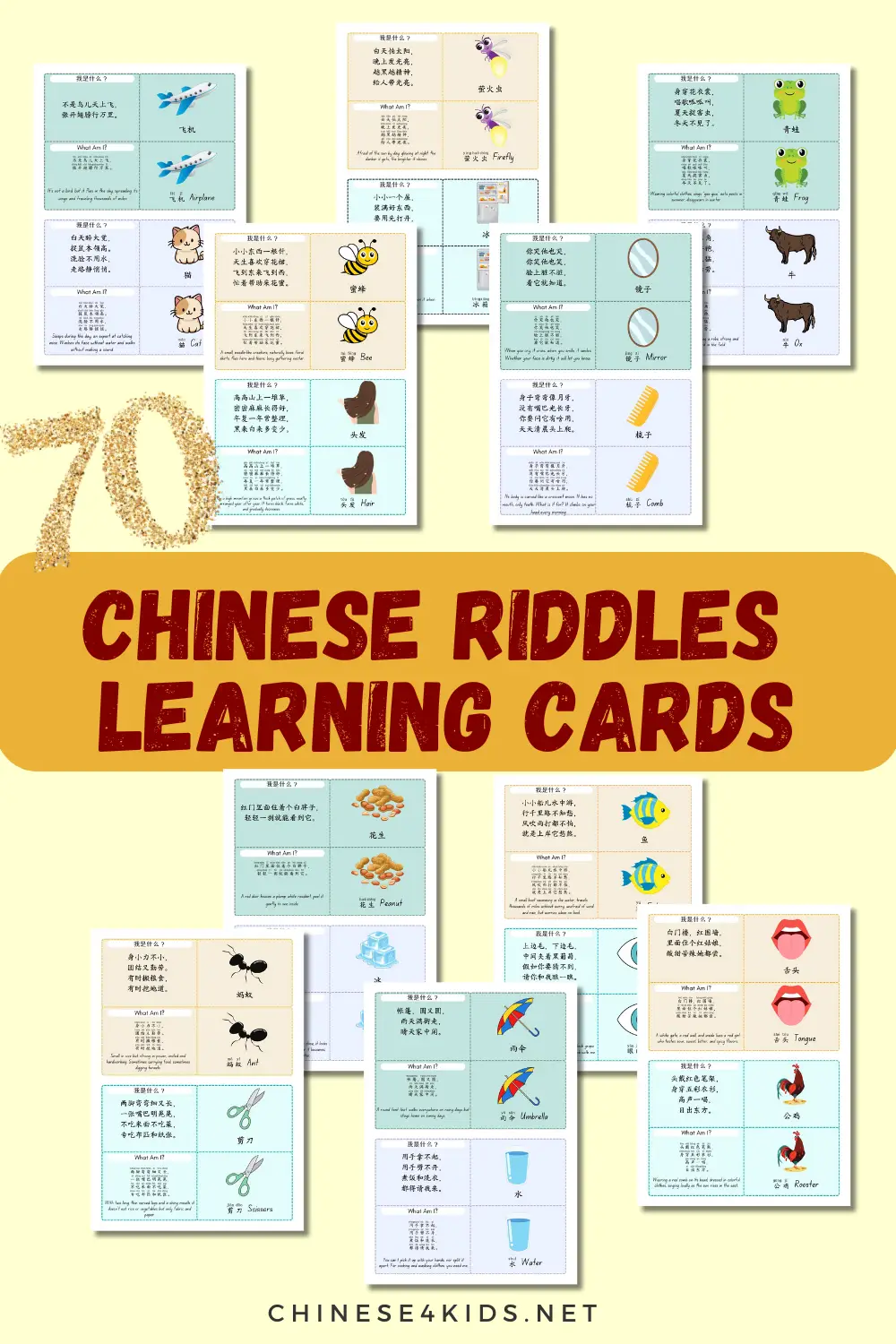
Home » Chinese language practice » Learn Chinese Pronunciation by Heart
Learn Chinese Pronunciation by Heart
If you ask a Chinese learner, “what is the most difficult part when you learn Chinese? ” Most likely, you will hear “Chinese characters” and “Chinese Pronunciation” as the answers.
To learn Chinese characters, it takes time, patience and a lot of exercises.
To get the pronunciation right, it also takes time and a lot of exercises. The bad news is that it is a mission impossible for some people to get some sounds right in Chinese; the good news is that children get native or near-native pronunciation much more easily.
Why is Chinese Pronunciation Hard?
All languages are easy for infants to learn. A child begins to learn the important sounds in his or her language(s) and to disregard the others. The older the child gets, the harder it becomes to learn the sounds that are not part of the language(s) he or she first learned. That’s why some Chinese sounds (such as z, c, ch, zh, x, yu…)seem to be impossible for adult learners to master.
However, it is not that difficult for children to learn the Chinese sounds. The vocal cords are flexible for children. Once trained, children learn the sounds easily and quickly.
Chinese Tones
In Chines, a word is made up not just of vowels and consonants, but also the “tones”. There are 4 tones plus 1 neutral tone. The syllable “ma” uttered with a high tone (meaning “mother” in Mandarin Chinese) is a completely different word from “ma” uttered with a low rising tone (meaning “linen”). When the tone changes into the 3rd tone (lowering and then rising tone), the “ma” changes meaning (meaning “horse”), which in turn is a completely different word from ma uttered with a high falling tone (meaning “scold”).
Because the same syllable can have different meaning with different tones, learning Chinese with the right Chinese tones is very important.
Chinese Pinyin
Some people say the Pinyin is the Chinese alphabet. In fact, pinyin is a system which uses alphabet system to mark the pronunciation of Chinese characters. Chinese Pinyin include the tone marks. It does not replace Chinese characters, but it definitely a good tool to help learn Chinese characters and their pronunciation.
How to Master Chinese Pronunciation
1. Use hand gesture to help pronounce the tones
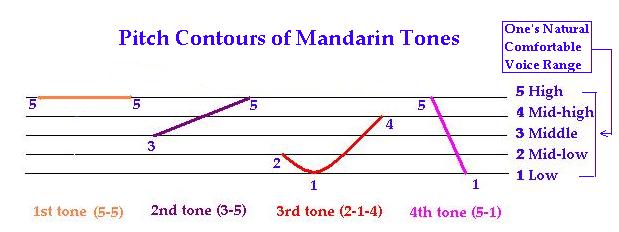
(image source: http://web.mit.edu/jinzhang/www/pinyin/tones/images/4tones2.jpg)
As you can see from the chart, the four tones are located at different pitches. A good way to get the pitch right is to use hand gestures to direct: for example, make a gesture at high pitch level when pronouncing the 1st tone, move the hand from middle level to high pitch level when pronouncing the 2nd tone etc. Hand gestures indicating the tones are quite effective to get the tones right.
2. Listen to the speeches of native speakers
Listening to the talks of the Chinese native speakers is another good way to get into the flow of the spoken Chinese language. Chinese TV series or Chinese audio books can be great resources.
3. Read aloud
Reading aloud while paying attention to the tones is effective in getting the pronunciation right. Recording the reading and listening to it again can help identify the pitches which do not sound right. Paying extra attention to these pitches can help better pronunciation.
4. Take a Pronunciation Course
To get the tones and pinyin right, the most effective way is to take a Chinese pronunciation course. This course, although sometimes a bit less interesting to children, normally helps set the foundation right. There are many courses available. This course focuses on Chinese pronunciation and covers tones and pinyin system lessons.
Resources
 McGraw-Hill’s Chinese Pronunciation with CD-ROM
McGraw-Hill’s Chinese Pronunciation with CD-ROM
A good pronunciation reference book can help us find the correct pronunciation quickly. The CD is another good aid to get the hearing and speaking right.
You May Also Be Interested:
- Chinese4kids Membership – a portal for busy Chinese teachers and parents
- Chinese learning flashcards Hive – a flashcards library that with regular additions of new quality Chinese learning flashcards
- Chinese learning worksheets collection – Also a part of Chinese4kids membership, this collection is for teachers and parents who want to have access to engaging worksheets and activity sheets created for kids learning Mandarin Chinese as an additional language
- Speak Chinese with Kids Course
- Chinese Vocabulary Made Easy Course


